Cargill - Commodity Trading
Role
Lead Product Designer
Responsibilities
UX Product Discovery
Interaction Design/Prototyping
Visual Design
Overview
Most farms are family-owned and operated, often passed down through generations. However, managing paperwork, accessing trading commodities, and obtaining real-time data remain significant challenges for many farmers.
Since farmers spend most of their day working on the farm, they typically handle budgeting, profit/loss analysis, and commodity trading after hours—traditionally relying on phone calls for these tasks.
Cargill struggled to keep up with the increasing demand on its call center, and the high operational costs of maintaining a large call center became unsustainable.
The initial version of Cargill’s app failed for several reasons, including frequent crashes, connectivity issues, and a cumbersome user experience.
Goals:
Improve Stability and Connectivity – Ensure the app functions reliably by addressing crashes and connection issues, even in areas with limited internet access. Implement offline capabilities where possible.
Enhance User Experience (UX) and Accessibility – Simplify navigation and usability to accommodate farmers who may have limited time and technical expertise. The app should be intuitive, easy to use, and optimized for quick interactions.
Streamline Commodity Trading and Data Access – Provide real-time market data, seamless commodity trading, and easy-to-use budgeting tools to help farmers manage finances efficiently without relying on after-hours phone calls.
Kick-off
Our product team, in collaboration with Cargill stakeholders, embarked on this journey through a series of Human-Centered Design (HCD) exercises and the development of a Lean Canvas. With the insights gathered, we got to work.
Problem Discovery
By identifying knowledge gaps and key questions within the problem space, we develop a discovery plan with human-centered design (HCD) activities, such as affinity clustering, to uncover insights and address those gaps. Once aligned we met with primary users for ethnographic research.
User research was a fundamental part of the design process, and I took a highly immersive approach through ethnographic research with farmers in their everyday environments.
Through these interactions, The product team was able to uncover pain points, needs, and motivations. In addition to interviews, we put the farmers daily routine into journey maps.


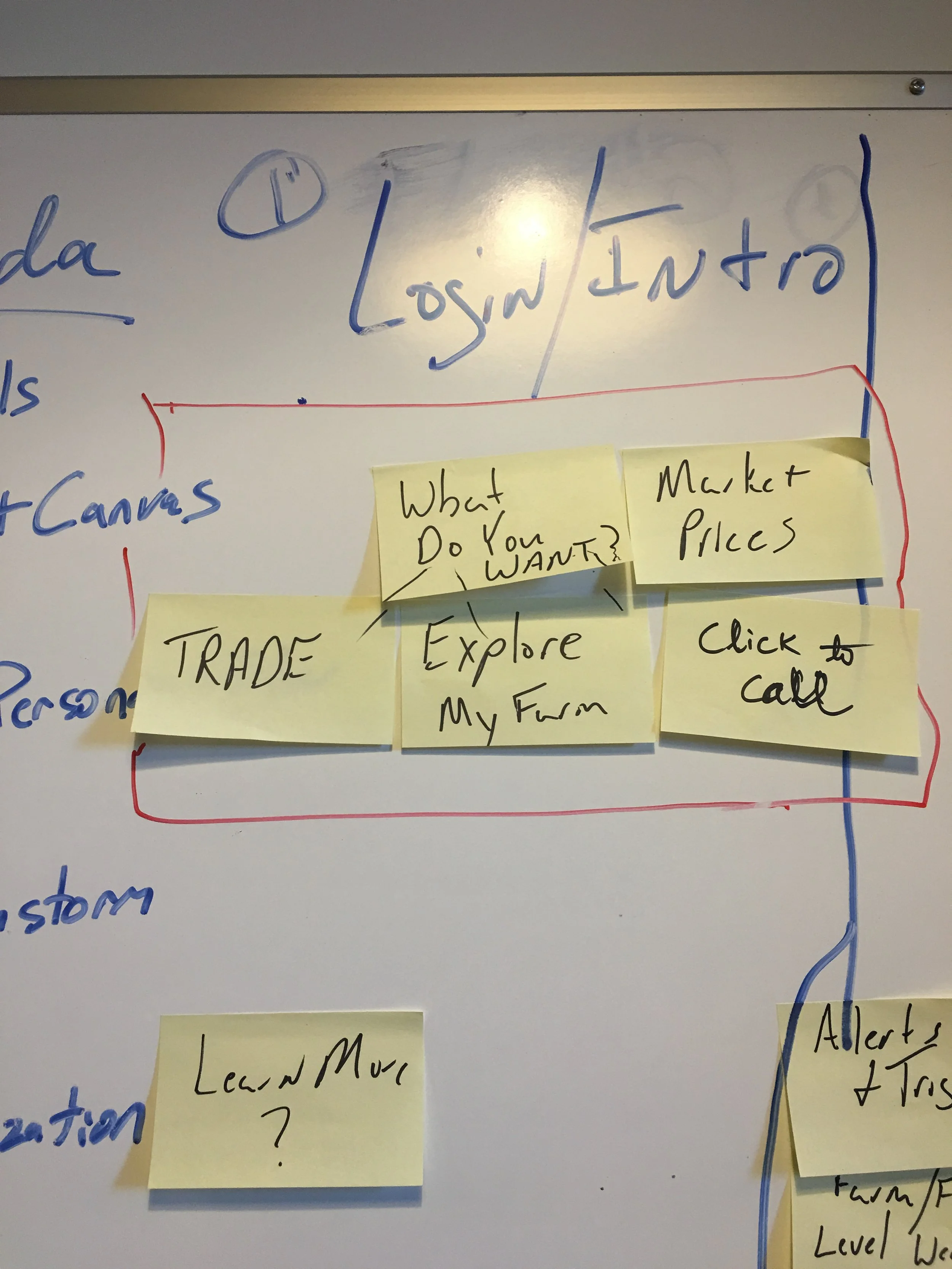
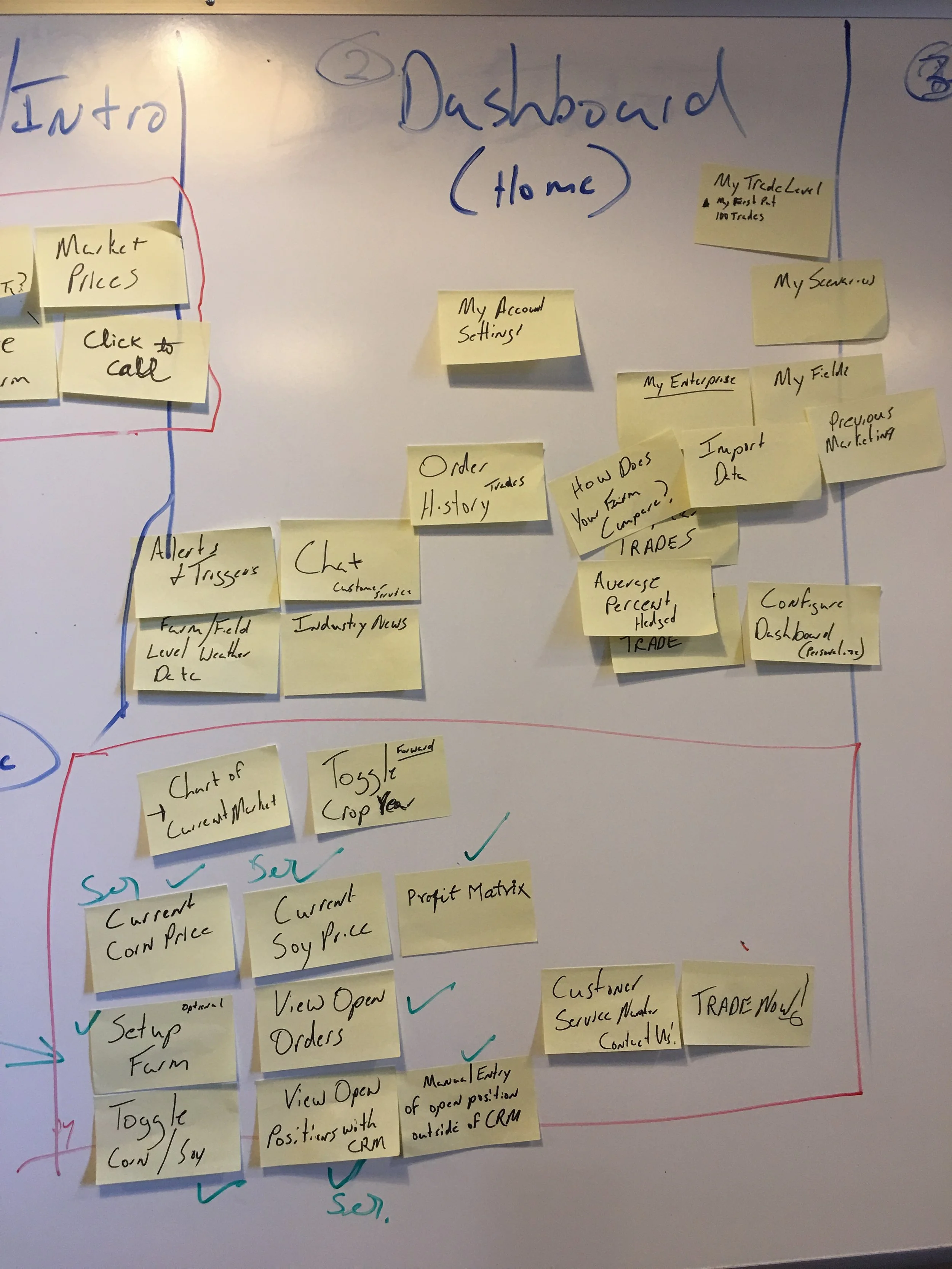
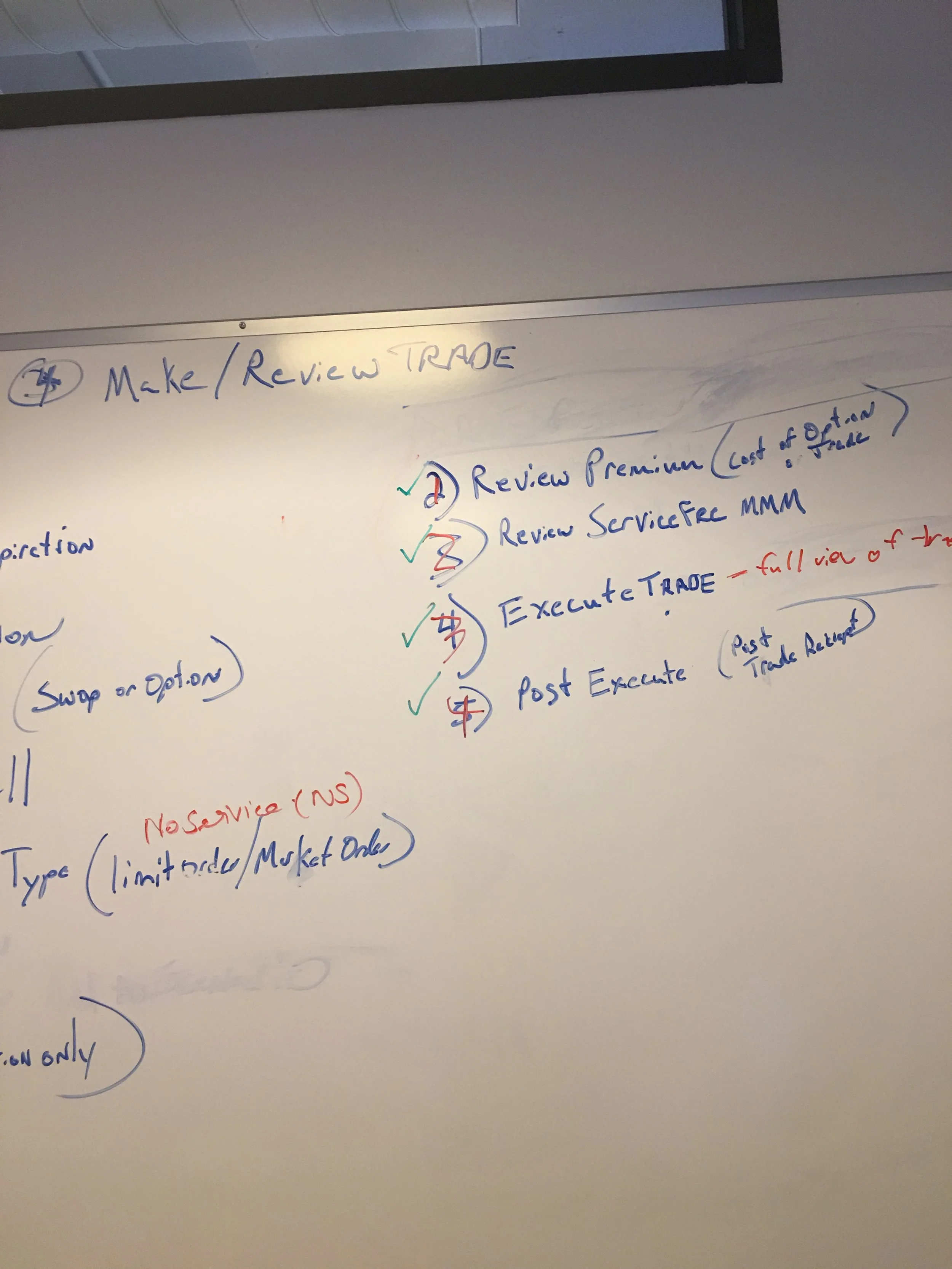

Screen Flows and Wireframes
Close collaboration with stakeholders to ensure alignment with business goals was necessary to create wireframes with an iterative approach. This involved hands-on prototyping using InVision and Principle, where I built interactive prototypes to test my design hypotheses and validate user needs through usability studies.




Final Design
I worked closely with the Cargill Branding Team in crafting the visual design language of the commodity app, ensuring it aligned with Cargill’s branding guidelines while prioritizing usability for farmers in real-world conditions.
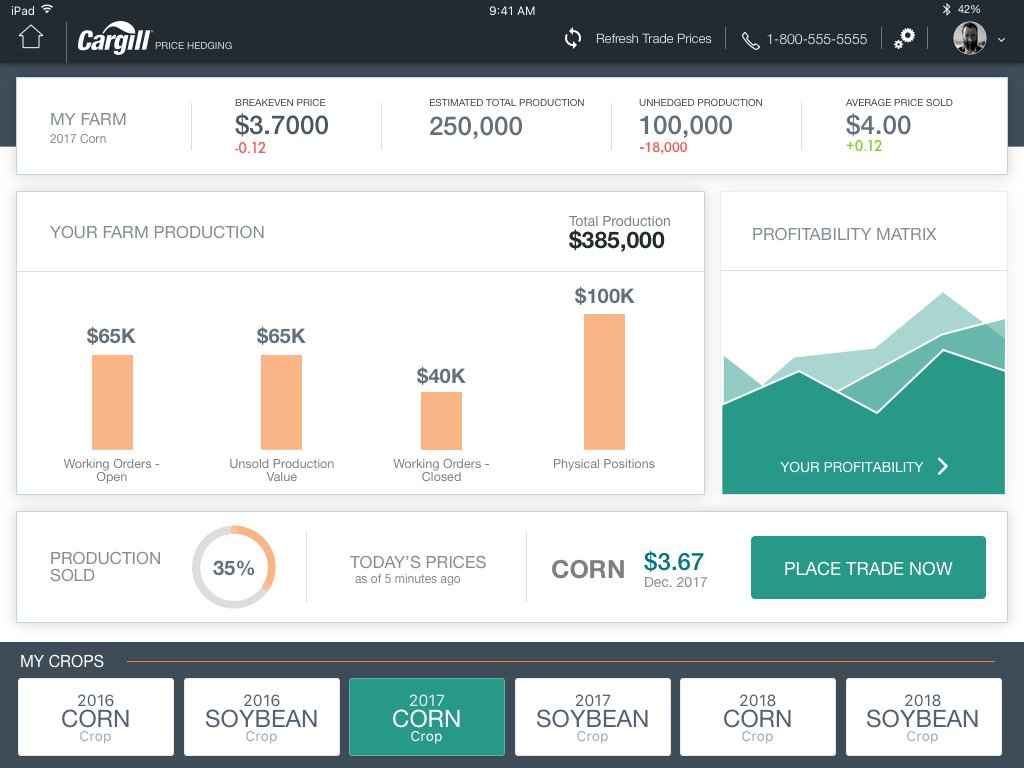

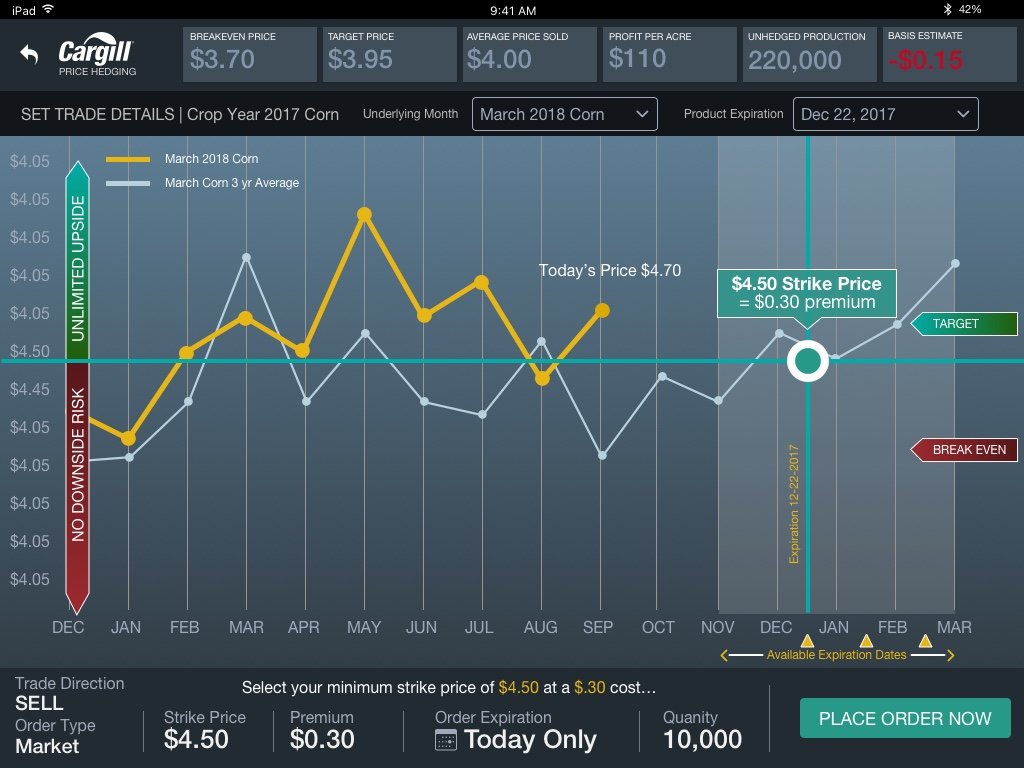

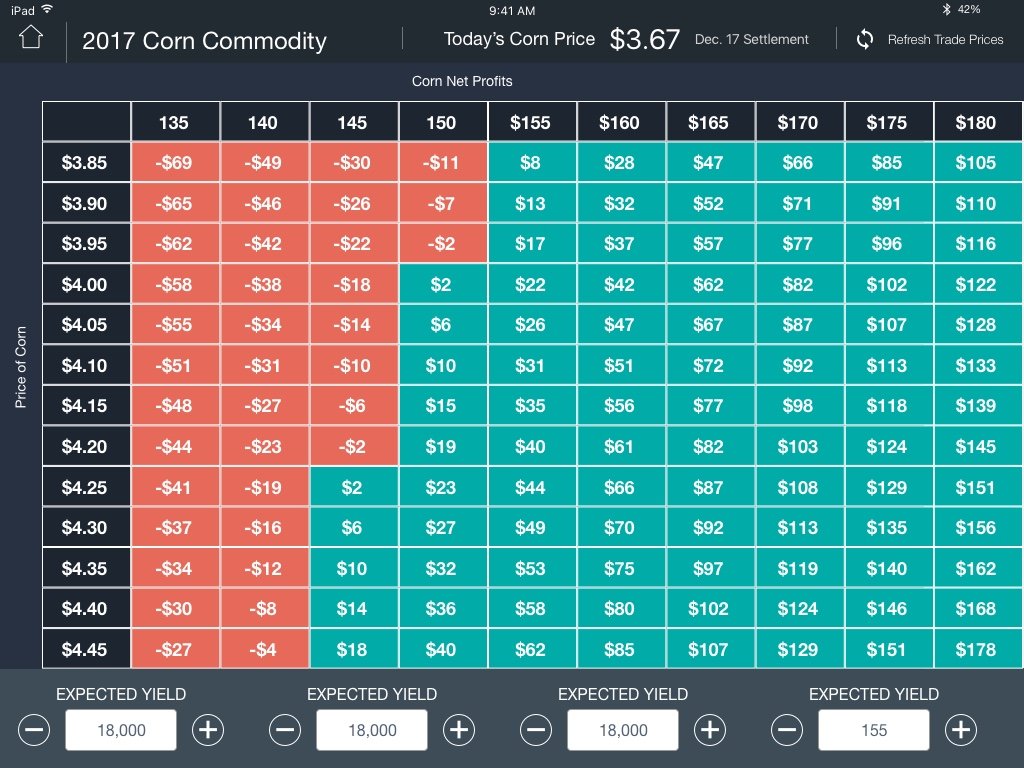

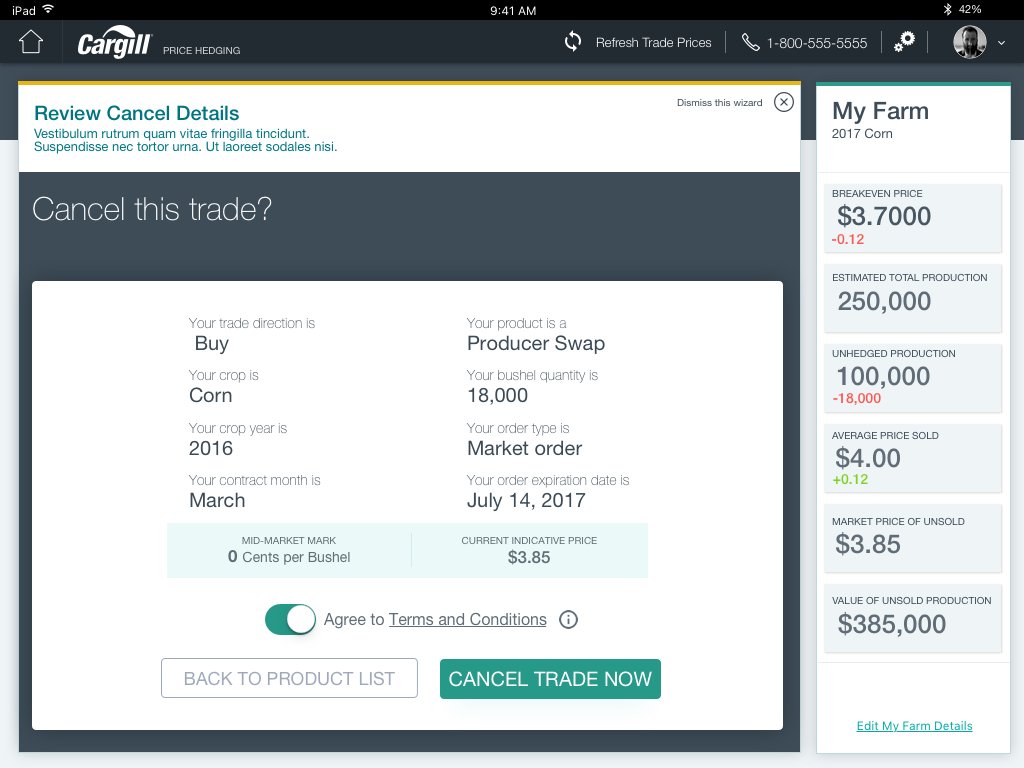


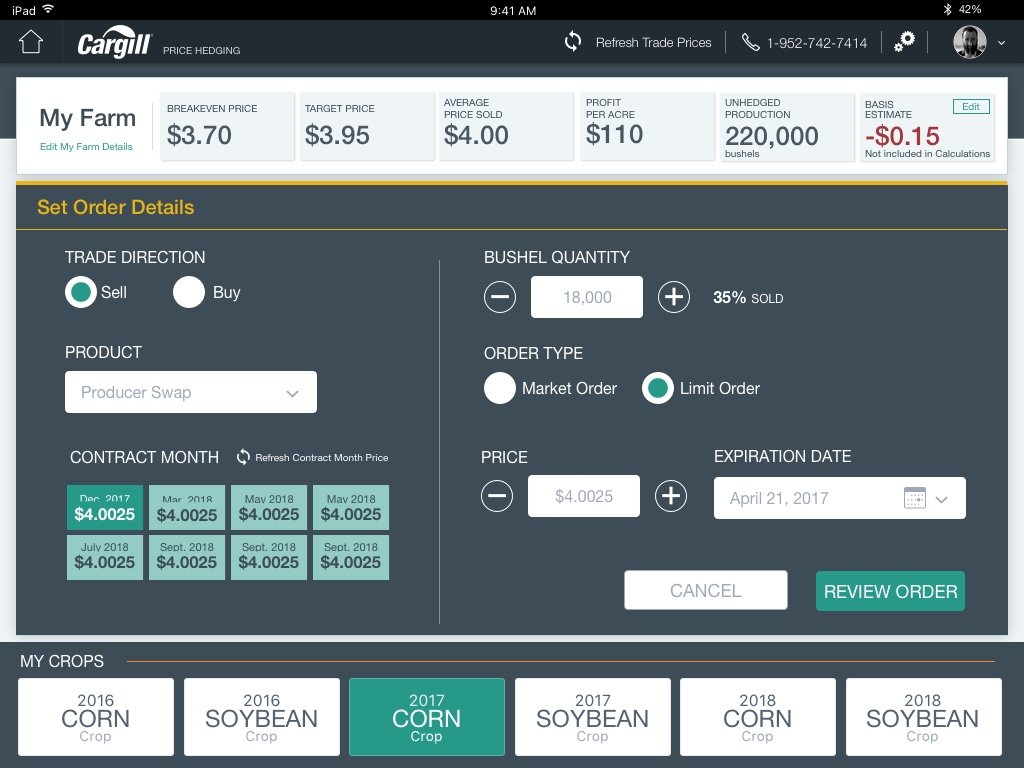
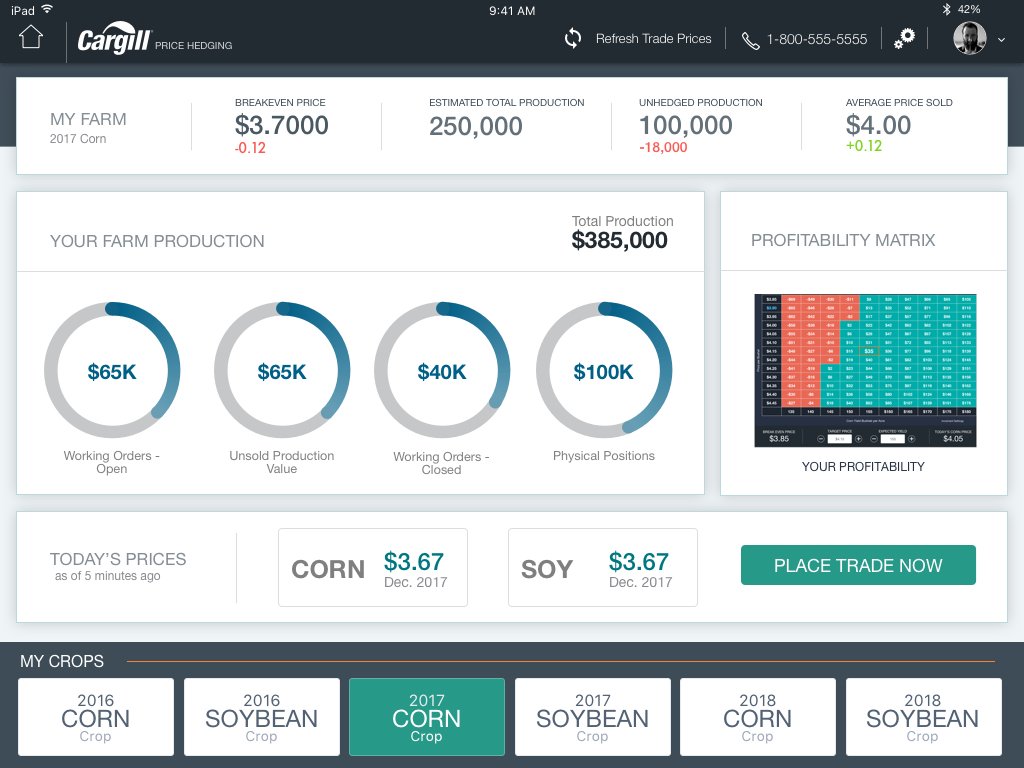

Outcome and Impact Metrics
The redesigned Cargill commodity trading platform helped bridge the gap between generations of farmers. While older farmers were initially hesitant to adopt new technology, the younger generation embraced it wholeheartedly, making it their go-to tool for tracking market prices and placing bids.
1. Younger Farmers Took to It Instantly
The new generation of farmers, who grew up with smartphones and apps, found the platform intuitive and easy to use. Many started using it almost exclusively, replacing phone calls and spreadsheets with real-time data at their fingertips.
One younger user shared, “This is exactly what we’ve been waiting for. I can check prices and make a trade while I’m out in the field—no more waiting on calls.”
2. Faster Decisions, Less Hassle
Before the redesign, farmers had to rely on phone calls, faxes, or handwritten notes to track prices and trade. The new system put everything in one place, making it easier to get information quickly and act on it.
Users appreciated the convenience, saying things like, “Now I don’t have to call three different people just to check prices. It’s all right here.”
3. Cargill Saw the Shift Happening
Cargill’s team noticed the change—more farmers were going digital, and younger users were leading the way.
One stakeholder put it best: “This platform is setting us up for the future. It’s great to see the younger generation fully embracing it.”
